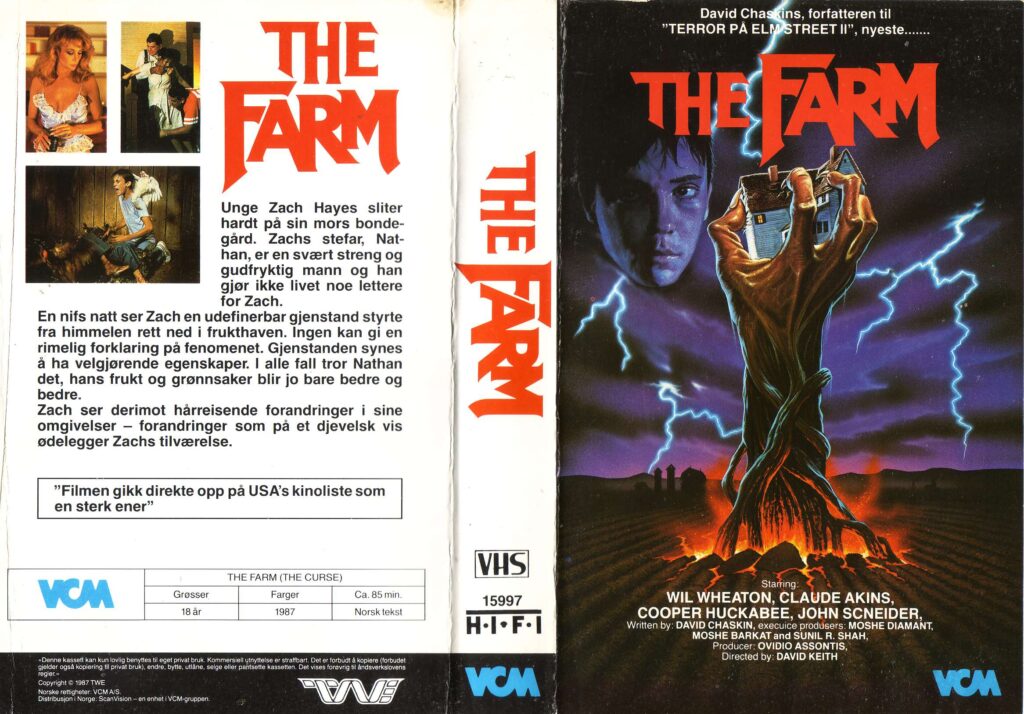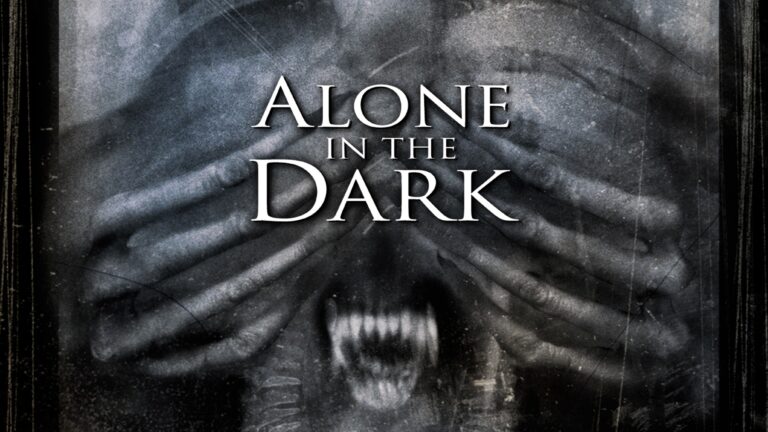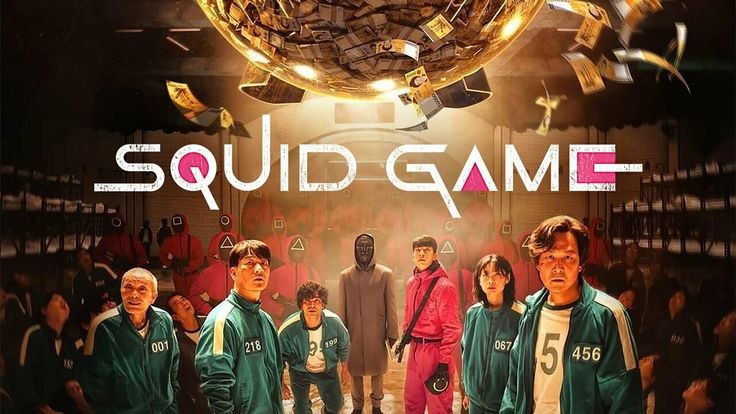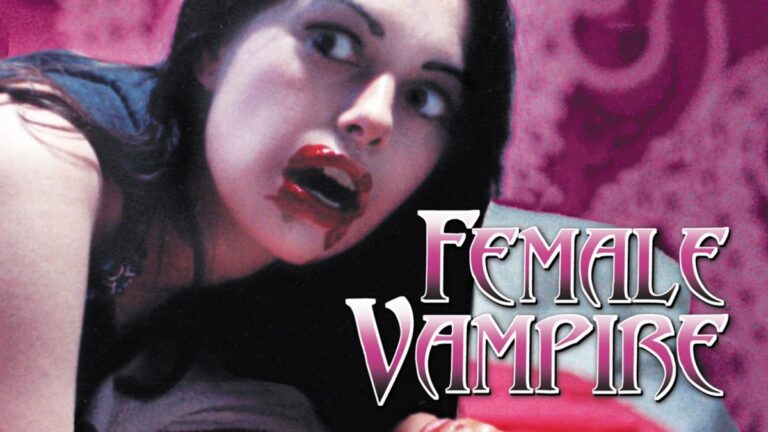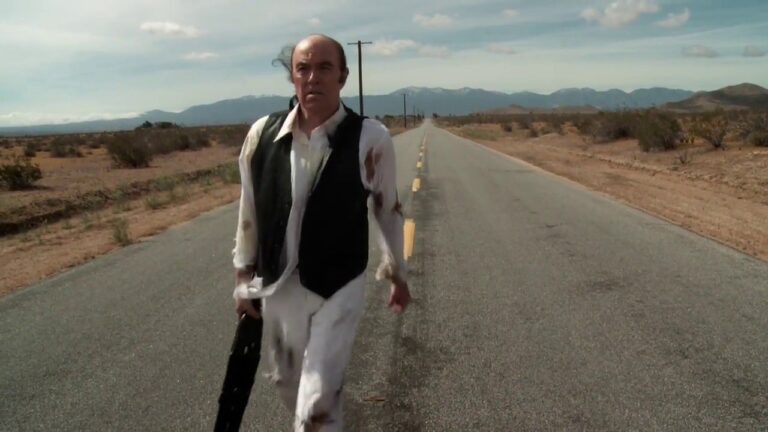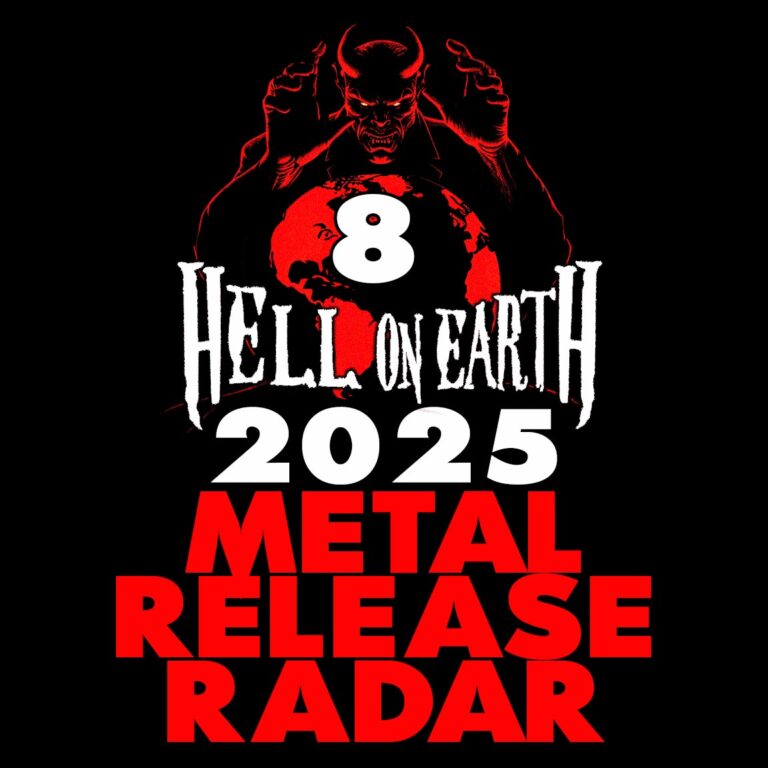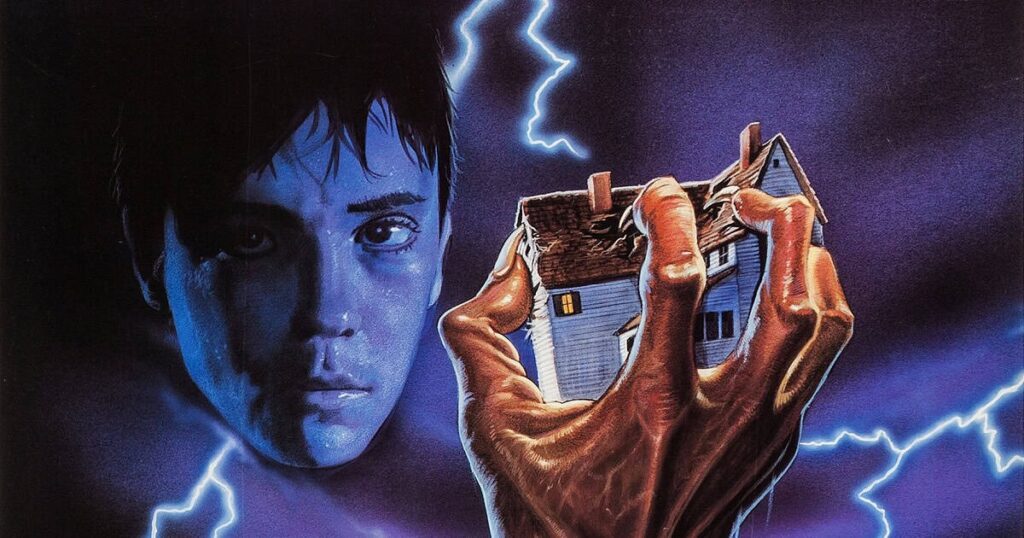
Outside a farmhouse in Tellico Plains, Tennessee, a meteor crashes to the ground. Strangely, the meteor disappears the next day, and the devout Christian family living on the farm resumes their daily routines. For young Zack, this mostly consists of being bullied by his stepbrother and slapped around by his stepfather while they all work together harvesting fruit and vegetables. However, things soon prove to be far from normal—apples are infested with worms, the drinking water tastes off, and the mother of the house develops grotesque boils on her face that grow in tandem with her descent into madness.
Back in the late ’80s, when I was a young boy, a series of incredibly cool VHS tapes with coffin-shaped covers hit the Norwegian market. One of these was The Curse, or The Farm, as it was titled in Norway—a film loosely based on H.P. Lovecraft’s short story The Colour Out of Space. The film was banned from theatrical release but was still allowed to be viewed in Norwegian homes. At the time, The Curse was a cool enough movie, but honestly, its coffin-shaped cover left the biggest impression.
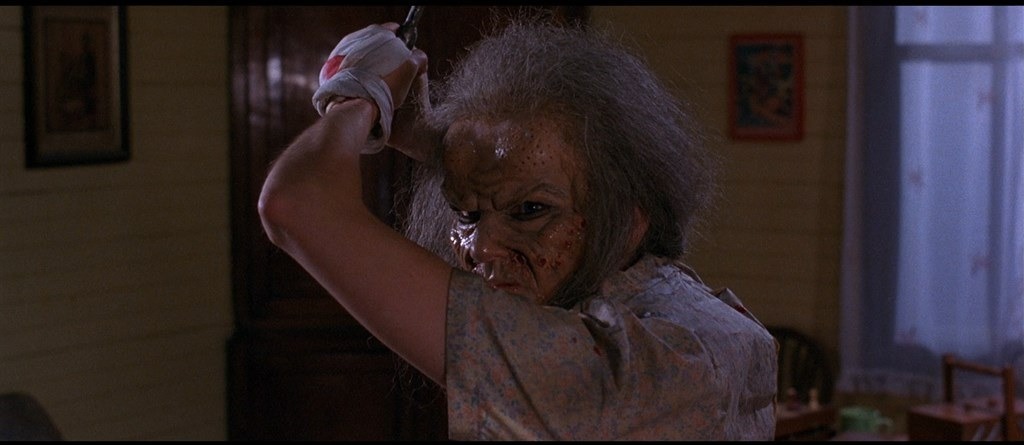
The film isn’t particularly violent, but it is undeniably grotesque. Rotten, worm-ridden food, massive boils on both humans and animals, oozing wounds, festering mouths, and flayed corpses are just some of the elements that might make viewers lose their appetite. That said, much of the effects work is poorly executed, making it obvious that the film was made on a low budget. The makeup and miniature models are especially unconvincing, likely to elicit laughter rather than chills from most audiences.
The production of The Curse was a collaboration between Italy and the United States. This wasn’t uncommon, as many Italian producers shifted their focus to America in the 1980s, where the market was significantly larger compared to Italy’s declining film industry. The movie was produced by Egyptian-born Ovidio G. Assonitis—who often went by the name Oliver Hellman—best known as “the rip-off king” due to his Italian films that closely mimicked major American blockbusters. Among his most famous knockoffs are Beyond the Door, which borrowed heavily from The Exorcist and Rosemary’s Baby, and Tentacles, an obvious attempt to cash in on Jaws.
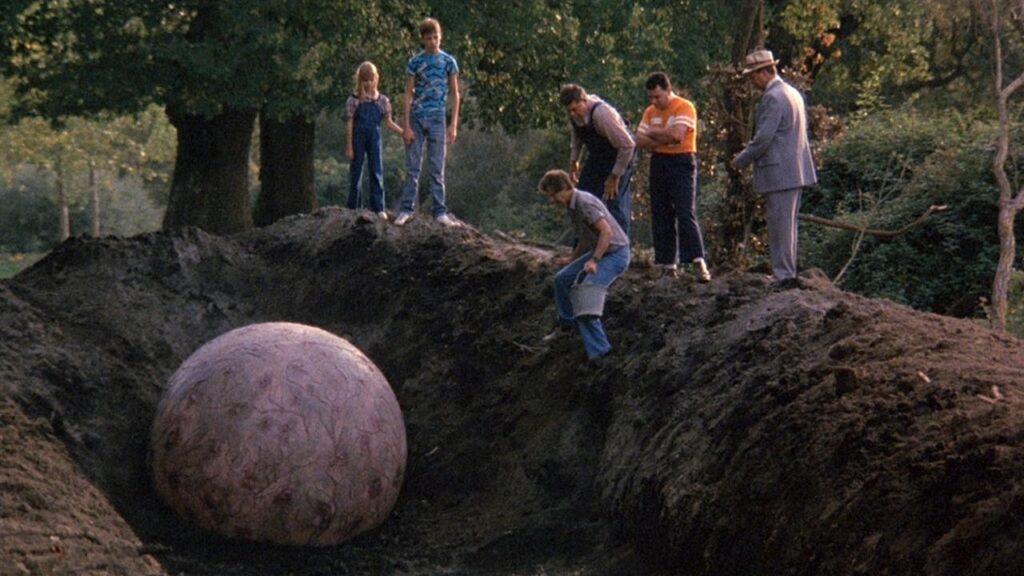
Surprisingly, quite a few notable names were involved in the making of The Curse. For horror aficionados, the most exciting name in the credits is Italian splatter legend Lucio Fulci, listed here under the name Louis Fulci. Though credited as an “associate producer,” Assonitis later claimed in an interview that this wasn’t true, stating that Fulci actually worked as the film’s “director of the second unit.” Sci-fi fans, on the other hand, will recognize Star Trek: The Next Generation’s Wil Wheaton, who also gained fame as a child star in Stand By Me and later played a fictionalized version of himself in The Big Bang Theory. His real-life sister, Amy Wheaton, plays his on-screen sister in the film. Another interesting contributor is composer Franco Micalizzi, who provides the film’s somewhat monotonous synth-heavy score, firmly cementing it in the ’80s. Micalizzi is best known for composing numerous spaghetti western scores, some of which were later reused in Quentin Tarantino’s Death Proof and Django Unchained, as well as contributing heavily to the soundtrack of Larry David’s brilliant comedy series Curb Your Enthusiasm.
The Curse is far from a great film, so it’s no surprise that it has largely faded into obscurity. However, it was popular enough at the time to spawn three sequels. Strangely, none of these follow-ups are connected to each other—only the name links them together. In a peculiar twist, Curse IV: The Ultimate Sacrifice was actually filmed before parts two and three.
A fun piece of trivia is that the farmhouse in Tellico Plains, used as the primary location for the film and owned by director David Keith, was burned down in more recent years. Rumor has it that a group of teenagers set the house on fire because they wanted to see it explode just like in the movie. Another theory? The farmhouse really was cursed.
